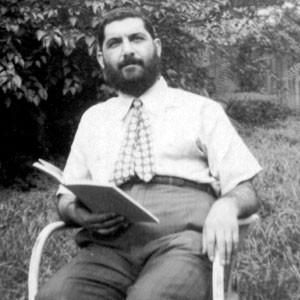2004
11. Waltz Niggun for "Lekhah Dodi"
Avraham Weingarten, Jerusalem, 6 February 1967
A waltz tune, sung by Strykov (Poland) Hasidim only occasionally, always without words. The Strykov rebbes did not promote music in their communities, neither did they encourage original composition. Consequently, they had to borrow many niggunim from the neighboring dynasties of Wurke and Modzhitz, only a few of the niggunim in their repertoire being unique to their own dynasty. It is doubtful whether this niggun, which Weingarten learnt from a Strykov Hasid named Moshe Hersh Levish, is one of those unique to this dynasty.
The liturgical poem "Lekhah dodi," which is part of the Sabbath Inauguration Service (qabbalat Shabbat), may be performed in a variety of forms in Hasidic society. Some simply recite it verse by verse - this is the custom of Lithuanian (Ashkenazic) Jews. In most Hasidic communities it is sung to two consecutive melodies of different characters. The first is a slow niggun or lyrical waltz (but this is not the custom of Gur Hasidim; see below, no. II, 24), the second, a rejoicing or dance niggun. The transition to the second melody is generally at the beginning of the sixth stanza, "Lo tevoshi," but in some communities (such as Vizhnitz and Bratslav) the shift occurs in the seventh, "Ve-hayu limshissa shosayikh" (cf. above, no. 7). Most usually, it is the ba'al-tefillah who selects the niggunim. In special cases, e.g., when the person leading prayers is not adept at fitting melodies to the text, that task falls to one of the menagnim sitting in the congregation, to a group of menagnim, or to the choir (as in the cases of the Boyan and Gur ).
Avraham Weingarten (6. 1926) adopted this waltz as one of the melodies for "Lekhah dodi" during his years as ba'al-tefillah in the synagogue of the Batei Werner neighborhood in Jerusalem (from the 1950s to the late 1980s). The structure of the waltz is unusual: A-B-C-D-C, whereas the classical Hasidic waltz is structured A-B-C-B (cf. below, no. 23, and no. II,12).






